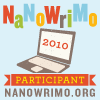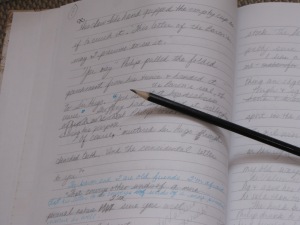I went away for the weekend and never opened the laptop once. Yikes! So I hope all my Canadian friends had a wonderful Canada Day weekend, and I wish all my American friends a happy 4th of July!
Once the celebrations are over and the summer officially lays ahead, I hope your thoughts turn to writing, and for those NaNoWriMo people—planning. I have many great writing resources saved on Pinterest. Please drop by and check them out. In the meantime, here’s a sample of a few that fit into the category of plotting:
https://janefriedman.com/use-plot-planner/
How to Use a Plot Planner by Jane Friedman – This blog goes way beyond the basics.
http://blog.janicehardy.com/2010/07/enemy-mine.html
What’s the Problem: The Four Basic Conflict Types by Janice Hardy – This blog explains how the different kinds of conflict build your plot.
http://mythcreants.com/blog/planning-character-arcs/
Planning Character Arcs by Chris Winkle – “If you like to plan your stories ahead, you’ve almost certainly sketched out your plot. But have you planned your character arcs? Every story needs a character arc for its protagonist, even if it’s simple or subtly conveyed. And while supporting characters don’t always need an arc, stories are better off when they’re included.”
http://www.darcypattison.com/plot/29-plot-templates
29 Plot Templates by Darcy Pattison — “Plot templates are helpful in telling an author the possible events for different sections of the story. I like to consult these when I’m first thinking of an idea for a novel and when I start a revision. I want to know what is typical for the type story I’m telling and knowing that, I can create variations that will hold a reader’s interest.”
And now for your July writing prompts:
Use one, some, or all of these words in a story or poem.
- mice, blue, ribbon, tower, storm, tremble
- green, room, light, empty, fear, find
- road, narrow, edge, safe, red, leave
See if one of these titles inspires a story: The Two Tree, Winters Lost, Fir Weather Enemy, The Bridge, Good Works, Lesson Not Learned, Cats are Trouble, The Map, Love Looks the Other Way, Island Adventure, My Day.
Here are some opening lines you can try:
- I don’t want to know where you’ve been.
- This plan can’t fail.
- Henry didn’t know he was going for his last walk own Grey Street.
- What’s that around your neck?
- My sister thought she knew everything
- Dogs can smell a liar.
- I can’t find Skipper.
- The ground shook.
- Helen remembered ______________, but it was too late.
Maybe one of these dialogue excerpts will help you imagine a scene or a story.
When did you last talk to Henry?
A couple of days ago. Why?
No one seems to have seen him since Tuesday night.
I think I know what’s going on.
I’m glad someone does.
I didn’t say it was a good thing.
Where are you going?
I can’t tell you.
Can’t? Or won’t?
Why are you stopping?
My back hurts.
Let me carry (it, her, him) for a while.
No. This is my job.
Helen passed me her laptop this morning, so I could add my pages to the project.
So?
She had some really strange pages open on Google.
Like what?
What do you like most about summer? Least? How does your character feel about summer? What’s his or her favourite season? Why?
Wishing you a writerly July!




